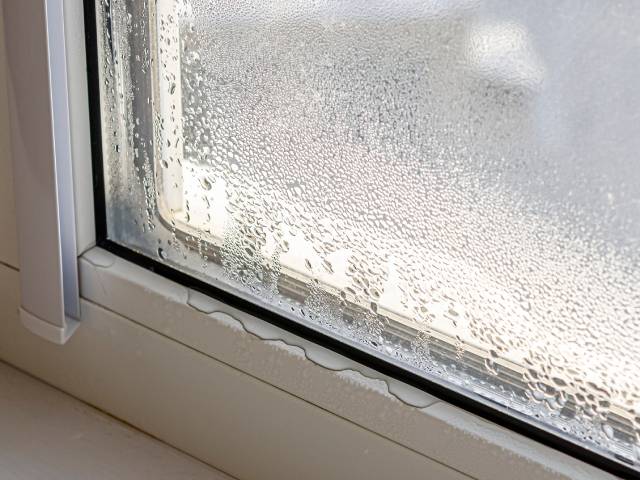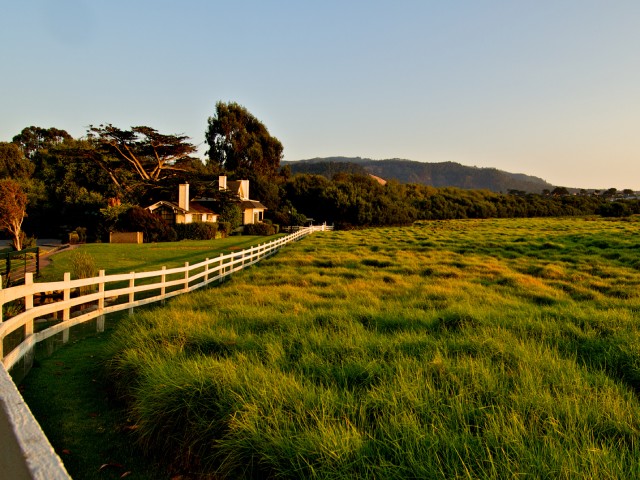

The Swampscott Conservancy
“It was one of those March days when the sun shines hot and the wind blows cold: when it is summer in the light, and winter in the shade,” ― Charles Dickens, “Great Expectations”
Spring comes marching in this month (pun intended) but, as Mr. Dickens observed, the third month of the year can have its meteorological challenges. Yet, despite being surprised in past years by a March snow storm, it’s likely safe to say we are on our way to both longer days and warmer weather.
March is the month of promise, when early wildflowers start to emerge and more bird song is in the air each morning. Cardinals, chickadees, red-winged blackbirds, to name a few, are singing and signaling the start of their breeding season.
The first warm rainy nights of spring are also when certain creatures (that you won’t see at other times of the year) journey to vernal pools to breed.
If you go to Wikipedia, you’ll find that vernal pools are defined as “seasonal pools of water that provide habitat for distinctive plants and animals.” Well, yes, but these typically small, ephemeral, and unique wetland habitats are so much more.
As in a fairy tale, vernal pools only come truly alive in the spring (hence the name “vernal”) and for a short time. But in that time, you’ll find magical creatures migrating to the pools, including blue-spotted salamanders, “quacking” wood frogs, and even, as in a storybook, fairy shrimp.
These are three of the “obligate” or indicator species. Others include the spotted salamander (cloaked in yellow instead of blue spots), the marbled salamander, and the Jefferson salamander. Find them and it’s a vernal pool. You can read more about and also view some of these enchanting creatures at vernalpool.org
What brings these species to vernal pools to lay their eggs is not so much what the vernal pool has, but what it doesn’t have — fish. Because vernal pools fill with water in the spring and fall and often dry out in the summer, they lack suitable habitat for fish. Absent fish, there’s less predation of the eggs and the newly hatched salamanders and frogs.
While the gathering of salamanders, wood frogs, and other amphibians at vernal pools during the first warm rainy night is often called “Big Night,” this migration doesn’t happen on a single night. And weather conditions can make the timing of the migration quite different year to year. Given this spring’s warmth and heavy precipitation, migration has already begun.
Unfortunately, vernal pools are under threat, primarily from human development. They’ve been plowed in, paved over, and built upon. Pollution from runoff and the spread of invasive species are also a threat, as are the warmer temperatures brought by climate change. The destruction of these valuable ecosystems results in loss of the unique species that depend on the pools for their survival. This, in turn, also affects other wildlife, as larger animals rely on these amphibians and their eggs as a food source.
State laws afford some protection. For instance, although vernal pools themselves are not protected under the Massachusetts Wetlands Protection Act, if they lie within a resource that is protected under the act (such as bordering vegetated wetlands or land subject to flooding), then they are protected as an important wildlife habitat feature of that resource area.
Certified vernal pools are afforded a higher level of protection than those that are undocumented. If certified, both developers and local conservation commissioners will know a vernal pool is on a proposed building site. A list of certified pools can be found on the map at www.mass.gov/info-details/massgis-data-nhesp-certified-vernal-pools. Note the number of pools in Lynn and Swampscott.
Anyone can help certify vernal pools by gathering information and submitting it to MassWildlife’s Natural Heritage and Endangered Species Program. For more info on how volunteers can help certify vernal pools: mass.gov/eea/agencies/dfg/dfw/natural-heritage/vernal-pools
Also, local bylaws can provide extra security for vernal pools. For example, a bylaw could increase the area of the vernal pool’s protected buffer zone from where the amphibians migrate. Or, a local bylaw could provide protection of smaller pools that don’t qualify for state registration.
Even if you can’t get out to see the migration or volunteer at an organized effort to aid amphibians in safe crossings over roads as in some towns like Amherst (amherstma.gov/CivicAlerts.aspx?AID=3517&ARC=6777), you can learn more about vernal pools and urge your community to provide more protections for them. For younger children, share the adventure by reading them “Big Night for Salamanders” by Sarah Marwil Lamstein, a Smithsonian Notable Book for Children.
Spring is a magical time in our neighborhood, never more so than in a vernal pool, where you’ll find miniature dragons frolicking and fairy shrimp dancing.
Nature in the Neighborhood is a monthly feature provided by the Swampscott Conservancy and submitted by Conservancy President Tonia Bandrowicz.
24World Media does not take any responsibility of the information you see on this page. The content this page contains is from independent third-party content provider. If you have any concerns regarding the content, please free to write us here: contact@24worldmedia.com

5 Business Sectors Where Safety Glasses Are Essential

Annoying Things You Can Keep Out of Your Home

Easy Ways You Can Improve Your Pasture’s Quality

Mistakes You Must Avoid on Your Next Construction Project

Tips for Keeping Your Business’s Equipment Around for Longer

The Biggest Car Owner Mistakes You Must Avoid

Why Renting Construction Equipment Is Best

Beat the Heat: Summer Maintenance Tips for Forklifts

Monday’s stocks to buy include Apple, Nvidia, Tesla, Shopify and more

How to Tell If Your VPN Is Working Properly